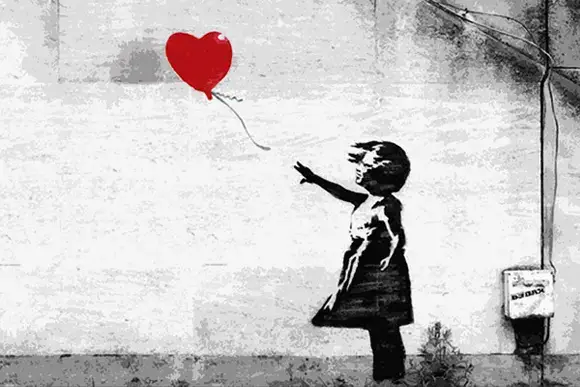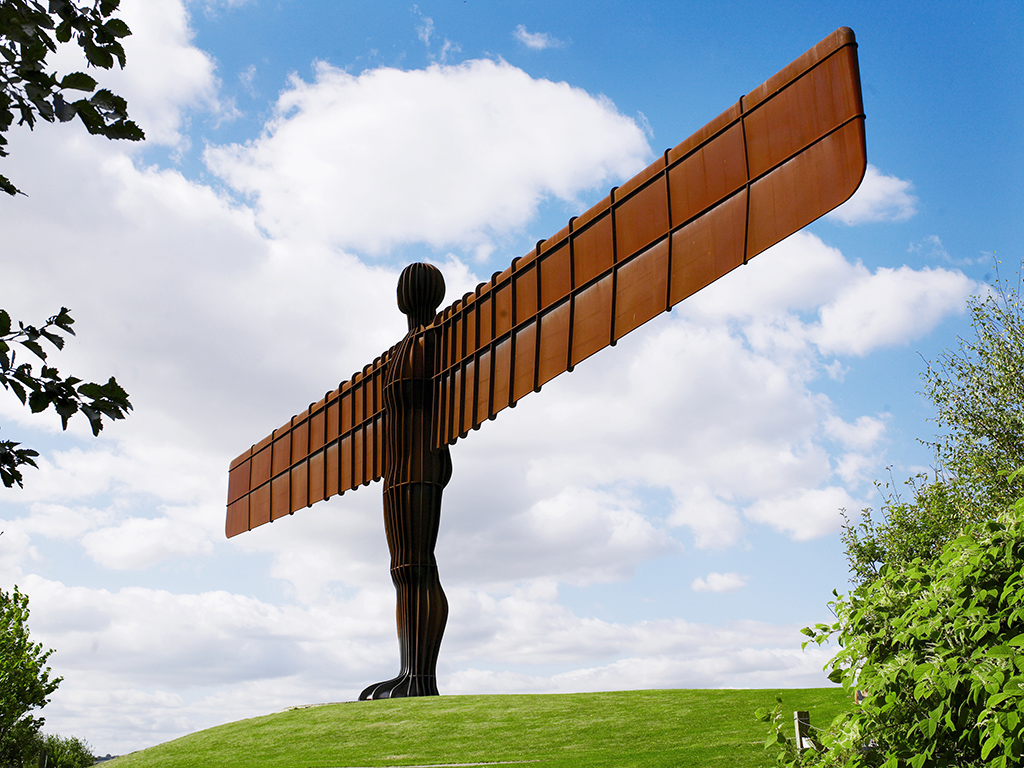In the world of contemporary art, few figures have captured the public imagination quite like Banksy. A mysterious and elusive street artist, Banksy’s provocative stencils, murals, and installations challenge conventional norms and ignite conversations about politics, society, and the human condition. With his identity shrouded in secrecy, Banksy’s work continues to captivate audiences around the globe, leaving an indelible mark on the cultural landscape. In this exploration, we delve into the life, art, and impact of the enigmatic artist known as Banksy.
The Origins of Banksy:
Born in the early 1970s in Bristol, England, Banksy’s true identity remains a closely guarded secret, adding to the mystique and intrigue surrounding his persona. Little is known about his early life or background, but it is widely believed that Banksy began his artistic career as a graffiti artist in the streets of Bristol during the 1990s. Influenced by the underground subculture of street art and punk rock, Banksy quickly gained recognition for his bold and subversive style, using stencils to create striking images that conveyed powerful messages.
Signature Style and Themes:
Banksy’s distinctive artistic style is characterized by its simplicity, wit, and social commentary. Often employing stencils to create his artworks quickly and efficiently, Banksy combines bold imagery with thought-provoking slogans to convey his message with maximum impact. His subject matter ranges from political satire and social injustice to environmental activism and existential angst, reflecting a keen awareness of the pressing issues facing contemporary society.
One of Banksy’s recurring motifs is the use of rats as symbols of rebellion and resistance. These rodents, depicted in various poses and situations, serve as allegories for the disenfranchised and marginalized, challenging viewers to reconsider their assumptions about power, authority, and control. Other common themes in Banksy’s work include anti-war sentiments, critiques of consumer culture, and reflections on the nature of art and its place in society.
The Rise to Prominence:
Banksy’s rise to prominence came in the early 2000s, as his work began to attract widespread attention from both the art world and the general public. His unauthorized street interventions, often executed under the cover of darkness, garnered media coverage and sparked controversy wherever they appeared. From the walls of London to the streets of New York City, Banksy’s guerrilla art tactics captured the imagination of audiences around the world, elevating him to the status of a global icon.
In addition to his outdoor murals and stencils, Banksy has also staged several high-profile art installations and exhibitions, further cementing his reputation as one of the most innovative and influential artists of his generation. His “Dismaland” project, a dystopian theme park set in an abandoned seaside resort in Weston-super-Mare, attracted international acclaim and drew thousands of visitors eager to experience Banksy’s subversive take on the modern world.
The Power of Anonymity:
Central to Banksy’s allure is the mystery surrounding his true identity. Despite his widespread fame and notoriety, Banksy has managed to maintain his anonymity, carefully guarding his privacy and avoiding public appearances or interviews. This deliberate strategy has only served to fuel speculation and intrigue, with countless theories and rumors circulating about Banksy’s true identity, motives, and intentions.
Some speculate that Banksy’s anonymity is a form of protest against the commercialization and commodification of art, allowing his work to speak for itself without the influence of celebrity or ego. Others believe that Banksy’s anonymity is a means of protecting himself from legal repercussions or retaliation from authorities or rival graffiti artists. Whatever the reason, Banksy’s anonymity adds an aura of mystery and subversion to his work, inviting viewers to focus on the message rather than the messenger.
Impact and Legacy:
Banksy’s impact on the contemporary art world cannot be overstated. Through his thought-provoking imagery and subversive interventions, he has challenged the status quo, disrupted the boundaries between high and low culture, and sparked conversations about the role of art in society. His influence can be seen in the work of countless street artists and activists around the world, who draw inspiration from Banksy’s fearless approach to artistic expression and social commentary.
Moreover, Banksy’s work has transcended the traditional confines of the art world, reaching audiences far beyond the walls of galleries and museums. His images have been shared millions of times on social media, reproduced on posters and merchandise, and even tattooed on the bodies of devoted fans. In this way, Banksy has democratized art, making it accessible to people from all walks of life and inspiring a new generation of artists to use their creativity as a tool for social change.
Banksy’s enigmatic persona and thought-provoking artwork have made him one of the most influential and iconic figures in contemporary art. Through his bold interventions in public spaces, he has challenged the status quo, questioned authority, and ignited conversations about the pressing issues facing contemporary society. With his anonymity intact and his message undiminished, Banksy continues to inspire audiences around the world, reminding us of the transformative power of art to provoke, challenge, and inspire.




